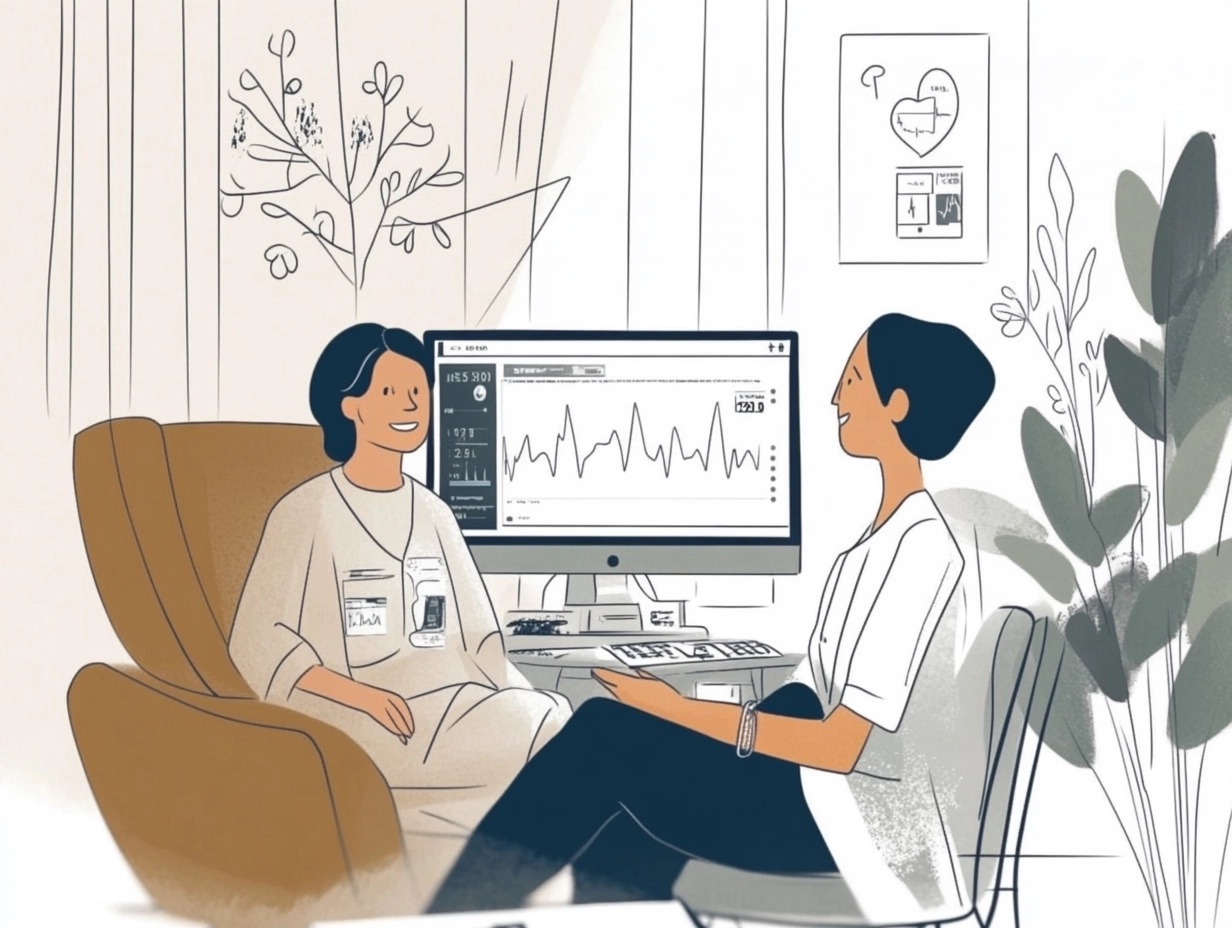Heart rate variability (HRV) biofeedback is a technology that has gained increased attention in recent years for its potential to improve overall health and wellbeing. Specifically, HRV biofeedback has been shown to positively affect the vagus nerve, which plays an important role in regulating emotional states.
How can HRV biofeedback help improve vagal tone and what are the implications on mental health outcomes? We explore these questions below.
What is the Vagus Nerve?
The vagus nerve is one of twelve cranial nerves located in the brainstem that contributes to both parasympathetic and sympathetic nervous system activity. It is responsible for regulating many physiological processes including: respiration, digestion, heart rate, pupil size, and temperature regulation.
The vagus nerve also plays a key role in regulating emotion, and has been linked to depression, anxiety, bipolar disorder, insomnia, and other mental health disorders.
Vagal tone is a measure of the activity of the vagus nerve. The parasympathetic nervous system promotes rest, relaxation, and digestion, among other functions.
A higher vagal tone indicates a more efficient and effective parasympathetic nervous system. A healthy vagal tone has been linked to improved cardiovascular health, better digestion, and reduced inflammation.
What is Heart Rate Variability (HRV) and HRV Biofeedback?
Heart rate variability (HRV) is the variation of time between each heartbeat that occurs naturally; it reflects the balance between the sympathetic and parasympathetic branches of the autonomic nervous system.
A higher HRV indicates increased vagal tone which is associated with better physical and emotional health. Conversely, lower HRV can be indicative of poor vagal tone and reduced capacity to regulate emotions effectively.
Individuals can improve vagal tone by practicing HRV biofeedback, a form of neurofeedback that enables individuals to become more aware of their own internal heart rate rhythms and autonomic nervous system activity.
Through the use of technology, such as a wearable ECG patch, individuals can receive real-time feedback on their heart rate variability. This feedback enables you to consciously regulate your body’s physiological processes through breathing exercises, muscle relaxation techniques, and other mindfulness practices.
How Can HRV Biofeedback Improve Vagal Tone?
HRV biofeedback helps improve vagal tone by increasing respiratory sinus arrhythmia (RSA), which is an indicator of vagal tone. RSA refers to the changes in heart rate that occur during inhalation and exhalation. During inhalation, the heart rate increases, and during exhalation, the heart rate decreases.
An increase in RSA indicates an increase in vagal tone and improved regulation of the parasympathetic nervous system. HRV biofeedback can help individuals increase their RSA by training them to breathe slowly and deeply, which can improve vagal tone and overall autonomic nervous system function. Over time, you can learn to use the power of your breath to improve your emotion regulation skills.
Implications for Mental Health
The increased vagal tone achieved through HRV biofeedback can have positive implications for mental health. Research has shown that higher HRV is associated with improved mood and emotion regulation, reduced depression and anxiety symptoms, improved sleep quality, and enhanced cognitive functioning.
Additionally, HRV biofeedback has been used to treat disorders such as post-traumatic stress disorder (PTSD), bipolar disorder, panic attacks, obsessive-compulsive disorder (OCD) and other mood disorders.
Conclusion
HRV biofeedback is a technology that holds great potential for improving mental health by increasing vagal tone. It provides individuals with real-time feedback on their heart rate variability which enables them to consciously regulate their physiological processes. With regular practice, individuals may be able to increase vagal tone and improve emotional regulation skills resulting in improved overall wellbeing.





Leave a Reply
You must be logged in to post a comment.